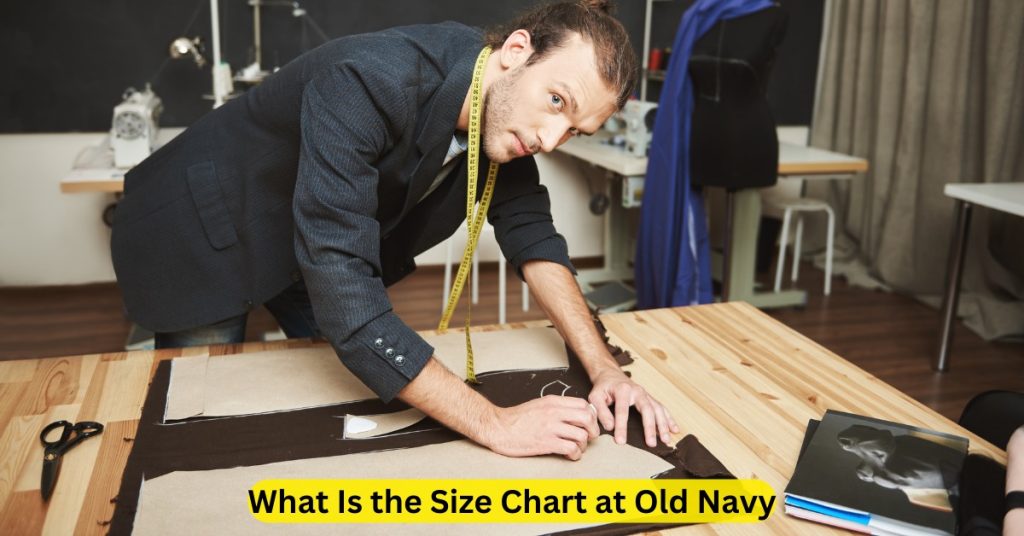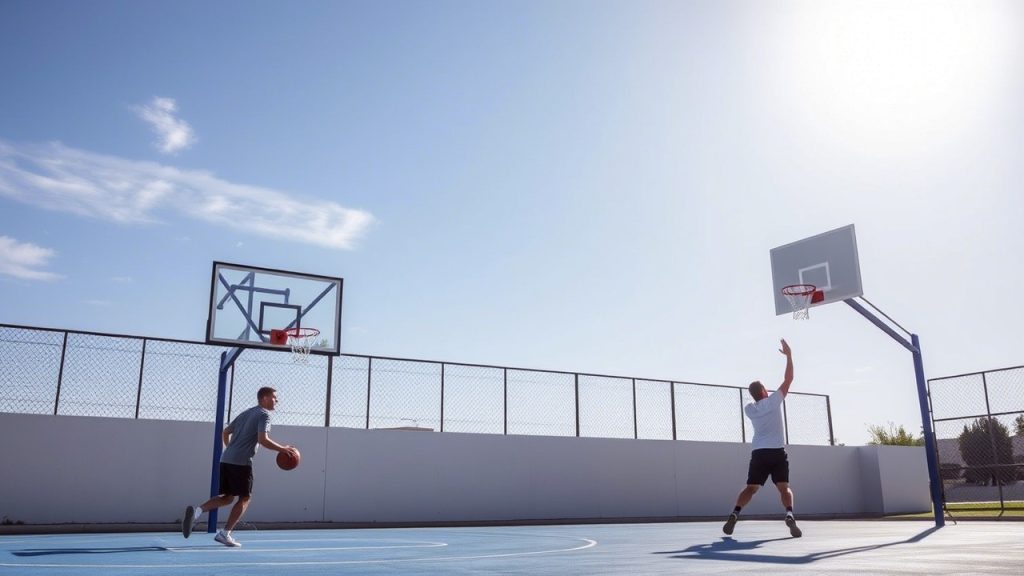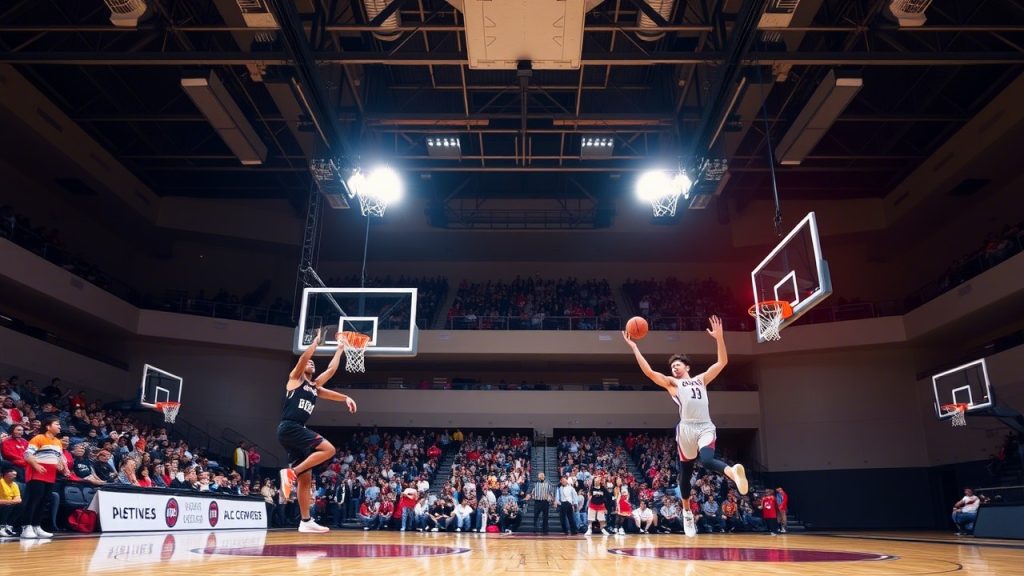How to Ride a Snowboard in Powder Like a Pro: Tips and Techniques
Riding a snowboard in powder is one of the most exhilarating experiences you can have on the slopes. The soft, deep snow offers a unique feeling that’s different from regular groomed runs. However, for many snowboarders, riding in powder can be a bit tricky at first. It requires specific techniques and skills that differ from riding on packed snow. With the right approach and knowledge, you can master the art of riding powder like a pro and enjoy the thrill of fresh snow.
We’ll dive deep into how to ride a snowboard in powder, covering everything from basic techniques to advanced tips. Whether you’re a beginner or intermediate rider, you’ll find valuable insights and expert advice on how to improve your powder skills.
1. What Makes Riding Powder Different?
Riding in powder snow is different from carving down a groomed slope in several ways. Powder snow is loose, deep, and fluffy, so it doesn’t provide the same kind of solid grip and support that packed snow does. Instead, your snowboard will float on top of the snow, and you’ll need to adjust your technique to stay balanced and keep control. Here’s a quick rundown of why riding powder is different:
- Less Traction: Powder snow lacks the hard-packed surface that you’re used to, which means you’ll need to rely on your board’s surface area to keep you afloat.
- Deeper Snow: In deeper powder, your board may sink more, which requires more effort to keep it on the surface.
- Slower Turns: Turns in powder take longer to initiate and complete, as you’re working against the snow’s resistance.
Mastering these challenges is part of the fun of powder snowboarding. With the right technique, you can glide effortlessly over the snow and enjoy the unparalleled thrill of riding in deep powder.
2. Essential Gear for Powder Snowboarding
To ride powder like a pro, it’s important to have the right gear. While most snowboard equipment works well on groomed runs, powder requires some special considerations. Here’s what you need:
- A Powder-Specific Snowboard: Powder snowboards tend to have a wider nose and narrower tail, designed to help the board float on the snow. Some snowboards are specifically designed for deep snow and will help you maintain better control.
- Larger Bindings: Make sure your bindings are set up to accommodate a deeper snow profile. You may want to angle them slightly to help distribute your weight more evenly.
- Soft, Flexible Boots: Soft boots provide flexibility and allow you to react more naturally to the snow. Make sure they fit snugly and comfortably.
- Avalanche Gear: If you plan to ride off-piste or in backcountry areas, safety gear like an avalanche beacon, probe, and shovel is essential.
- Snowboard Leash: While not necessary for everyone, some riders prefer using a snowboard leash to avoid losing their board in deep snow.
3. Techniques for Riding Powder Like a Pro
Now that you’re equipped with the right gear, it’s time to learn how to ride powder like a pro. Here are some key techniques that will help you stay afloat and ride with confidence.
Keep Your Speed Up
One of the most important things to remember when riding in powder is to maintain speed. While it might be tempting to slow down and be cautious, powder snow requires a bit of speed to keep your board afloat. Riding too slowly will cause you to sink into the snow, making it harder to control your board and maintain balance.
- Why Speed Matters: Speed helps your snowboard stay on top of the snow and allows you to control your movements. When you slow down, the board sinks, and you’ll struggle to regain speed and control.
- How to Maintain Speed: To maintain your speed, keep your turns wide and smooth. Avoid sharp, sudden movements that might slow you down.
Lean Back, But Not Too Much
In powder, leaning back helps you stay on top of the snow, but there’s a fine line between leaning too much and not enough. Over-leaning can cause your board to spin out of control, while not leaning enough can cause you to dig into the snow.
- Where to Position Your Weight: Ideally, you want to shift your weight toward the back foot, but not so far that your nose sinks into the snow. This creates the ideal angle for your board to float.
- How to Find Balance: Keep your knees slightly bent and maintain a relaxed stance. Avoid locking your knees or hunching over. If you feel like your nose is digging in, shift your weight slightly back. If your tail is sinking, adjust your weight forward.
Use Your Core for Balance
Your core muscles are essential for balance and stability while riding in powder. Since powder snow is soft and unpredictable, your body will naturally need to make more adjustments. Engaging your core helps you maintain control, especially in deep snow.
- Keep Your Hips and Shoulders Aligned: Avoid twisting your torso too much while turning. Instead, rotate from your hips and keep your upper body facing forward. This will keep your movements smooth and controlled.
- Stay Relaxed: Tension in your body can make it harder to adjust to the snow’s changes. Keep your body relaxed, with a slight bend in your knees, and use your core to stay balanced.
Make Smooth Turns
Turning in powder requires more finesse than on groomed snow. Powder snow resists your movements, and sudden, sharp turns can cause you to lose control or dig your board into the snow.
- Initiate Turns Gradually: To turn in powder, initiate your turns gently and gradually. Avoid jerky, sharp movements. Focus on keeping your turns smooth and fluid.
- Use the Entire Edge of Your Board: In powder, you’ll need to engage the whole edge of your board, not just the toe or heel edge. By distributing your weight evenly, you’ll glide through the snow with greater control.
Read More: Common Snowboarding Mistakes and How to Avoid Them
4. Advanced Powder Riding Tips
Once you’ve mastered the basics, you can take your powder riding to the next level with these advanced techniques.
Master the J-Turn
A J-turn is an essential technique for navigating deeper powder, especially when transitioning between different snow conditions. To execute a J-turn, start by turning gently in one direction, then reverse your turn to complete the “J” shape. This technique helps you maintain control and adjust to varying snow conditions.
- Why It Works: The J-turn allows you to maintain speed and flow while carving through deeper snow. By shifting your weight and controlling your turns, you’ll stay on top of the snow.
Learn How to Float on the Snow
Floating is one of the key skills for powder riding. In deep snow, you’ll need to find a way to stay above the surface and avoid sinking. Floating requires good body positioning, speed, and control.
- How to Float: Focus on keeping your weight slightly back, while engaging your core. Try to keep your movements fluid and smooth. If you feel yourself sinking, increase your speed slightly and adjust your weight.
Use Your Body Position for Control
Your body position is crucial for maintaining control in powder snow. Shifting your weight, adjusting your stance, and making subtle movements will allow you to carve and glide effortlessly over the snow.
- Stay Low and Centered: Keep your center of gravity low by bending your knees and hips slightly. This position will give you more balance and control.
- Control Your Speed with Turns: In powder, it’s easier to gain speed quickly. Make wider, smoother turns to regulate your speed and maintain control.
5. Common Mistakes to Avoid in Powder
To ride powder like a pro, it’s important to avoid common mistakes that many beginners make. Here are a few things to watch out for:
- Leaning Too Far Back: While leaning back is necessary in powder, overdoing it can cause you to lose control. Keep your weight balanced and adjust as needed.
- Riding Too Slowly: Going too slow will cause you to sink into the snow. Keep your speed up to stay afloat and maintain control.
- Making Sharp Turns: Sharp turns in powder can cause you to lose speed and balance. Focus on making smooth, gradual turns to maintain a steady flow.
6. How to Ride Powder in Different Conditions
Riding in powder can vary depending on the snow conditions. Here’s how to adapt your technique to different powder types:
- Light, Dry Powder: In light, dry powder, you’ll need less effort to float. Focus on maintaining smooth turns and controlling your speed.
- Wet, Heavy Powder: Wet powder requires more effort to stay afloat. You may need to lean back more and increase your speed slightly to prevent your board from sinking.
- Windblown Powder: Windblown snow can create harder, crusty layers that may affect your ride. In this case, try to maintain speed and use more power in your turns.
7. When to Ride Powder: Timing and Snow Conditions
The best time to ride powder is after a fresh snowfall, but it can vary depending on location and weather patterns. Early morning is usually the best time to catch the freshest snow, as it hasn’t been skied or ridden over yet.
Check snow conditions before heading out, and avoid riding powder in areas that are prone to avalanche danger.
8. How to Improve Your Powder Skills
To improve your powder riding skills, spend time on the slopes, practice different techniques, and challenge yourself with new conditions. The more you ride in powder, the more you’ll develop the feel for it and the better you’ll become at adjusting to different snow conditions.
9. Frequently Asked Questions
- What’s the best way to stay afloat in deep powder?
Keep your weight slightly back, engage your core, and maintain speed. Avoid leaning too far back, as this can cause you to lose control. - Should I use a wider snowboard for powder?
Yes, a wider snowboard can help you float more easily on deep snow. Powder-specific boards are often wider in the nose and tail. - How do I make smoother turns in powder?
Make wide, gradual turns rather than sharp, jerky movements. Engage your whole edge to maintain control. - Is it necessary to have a special board for powder?
While it’s not necessary, a powder-specific board with a wider nose and narrower tail will make riding in deep snow easier. - Can I ride powder if I’m a beginner?
It may take some practice, but beginners can absolutely ride powder with the right technique. Start on smaller, shallower powder runs to build your confidence. - Do I need avalanche safety gear when riding in powder?
If you’re riding off-piste or in backcountry areas, avalanche safety gear such as a beacon, shovel, and probe is recommended. - How do I improve my powder riding over time?
The more you ride in powder, the better you’ll get. Practice your technique, experiment with different snow conditions, and challenge yourself with deeper snow. - Is it normal for my snowboard to sink in deep powder?
Yes, it’s normal for your snowboard to sink a little, but with the right technique, you can reduce this and stay on top of the snow. - How can I learn to control my speed in powder?
To control your speed, make smooth turns, keep your body position balanced, and avoid sudden, sharp movements.
Conclusion
Riding powder like a pro requires practice, patience, and the right techniques. By understanding how powder snow behaves, maintaining the right speed, leaning back at the right angle, and using your core for balance, you can experience the thrill of deep snow in the most controlled and enjoyable way possible. With these tips and tricks, you’ll be carving through powder like a seasoned pro in no time. Happy shredding!
This Tool





